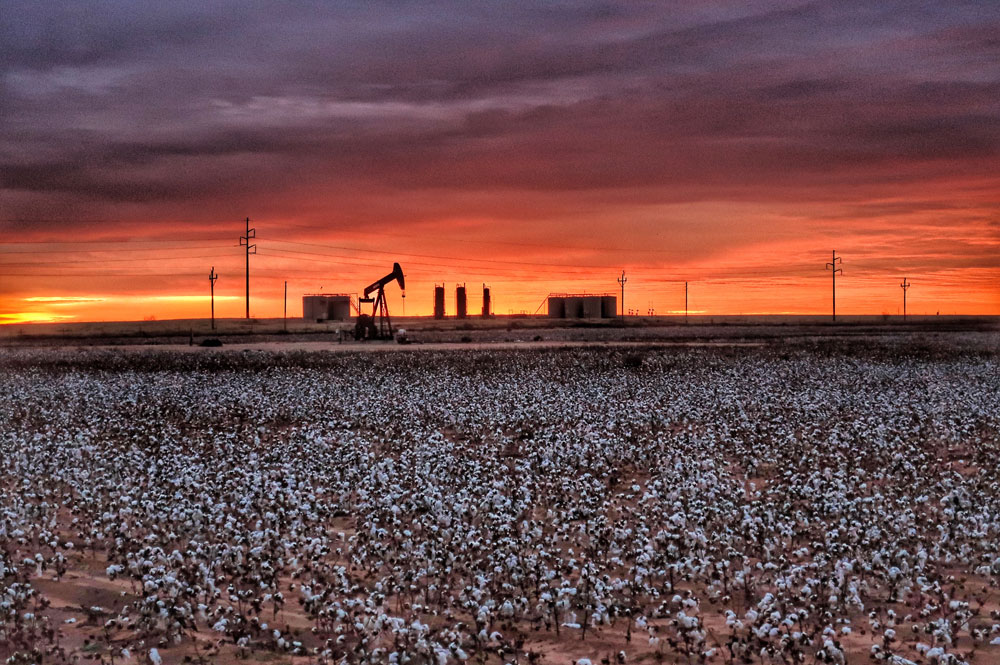Permian Tech at the Cutting Edge
Tremendous technical advancements have allowed the Permian Basin’s operators to extract more resources, in less time and with less cost.
By Richard Mason, Contributing Editor

In the days of the Spanish Entrada, explorers spread across the globe discovering new lands, creating an era of economic growth and stimulating civilizations’ progress. In our era, another great narrative of global exploration is underway in the drought-humbled landscape of the Permian Basin.
It commenced 100 years ago, and from the start it involved a three-dimensional journey through the earth’s crust. Today, drilling, completion and industrial-scale technology stretching from water handling to proppant use has created another Permian Basin iteration, this one responsible for the energy renaissance that moves West Texas to the forefront of global energy production.
The story begins when the first geologists saw the Permian Basin as a petroleum province. This was no easy feat in a sparsely settled region 40 years removed from the frontier. It took decades of artful detective work via detailed surface mapping, careful study of well cuttings and, later, electric logs and well cores which led to stratigraphic correlation. This geologic investigation revealed a complex and wondrous set of subsurface circumstances that still makes the Permian Basin one of the most significant energy provinces on earth.
Geologists, by fits and starts, developed a conceptual model of the Capitan Reef complex from its spectacular summit at Guadalupe Peak, tilting down into the earth near Carlsbad where the reef arced underground between Artesia and Carlsbad, N.M., to the Texas-New Mexico state line. The reef in various iterations followed the spine of Texas south along the western edge of a buried feature later identified as the Central Basin Platform. The Capitan Reef paralleled the location of the early great Guadalupian era conventional oil discoveries in the 1920s and 1930s.
In Permian times, recurring episodes of reef generation took place at the edge of a shallow shelf which, at the time, was near the earth’s equator.
That deep basin alternated between periods when sea levels rose and periods when land-based sediments filled basinward. Those variations created thick layers of organic rich facies later identified as the Wolfcamp Shale. Episodes of accreting land sediments were named as the Bone Spring, based on the type locality on the west side of the 5,000- foot Guadalupe Peak cliff face.
Similar processes were underway in the Midland Basin. Thus, the Spraberry Formation, overlying the Wolfcamp Shale, was a contemporaneous and geologic twin to the Bone Spring. The Central Basin Platform—think of an island like Taiwan or Madagascar—separated the Midland and Delaware basins into a butterfly shaped oil province covering 86,000 square miles.
